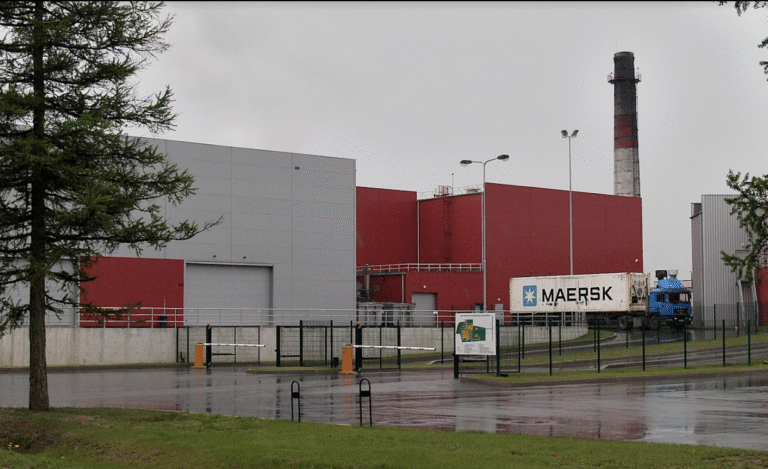Home > Products > Frequency converters / Softstarters
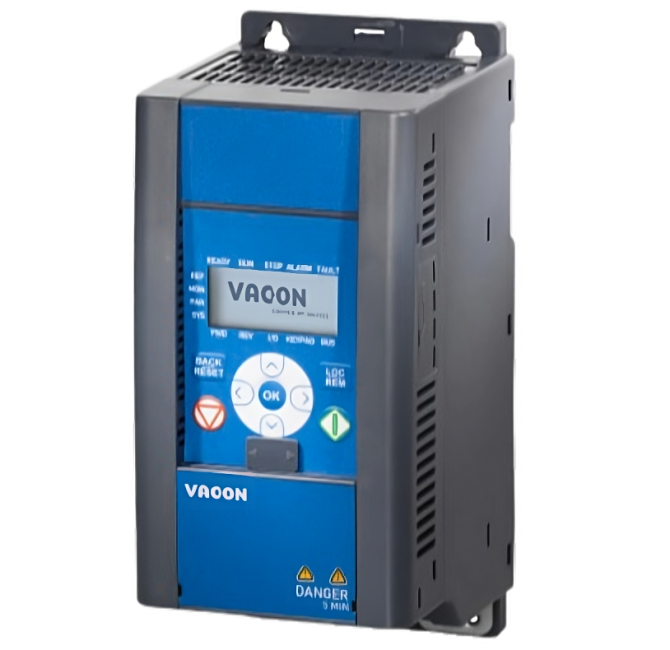
Frequency converters / Softstarters
Frequency Converters and Soft Starters – Efficient and Reliable Control for Your Equipment. Discover solutions that ensure lower energy consumption and a longer lifespan for your devices.
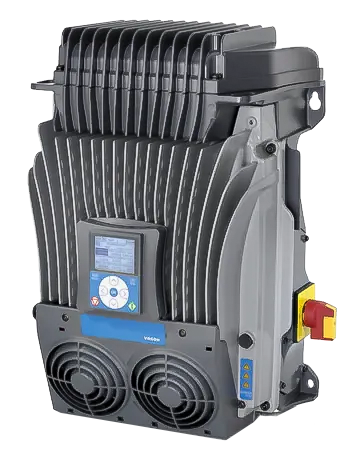
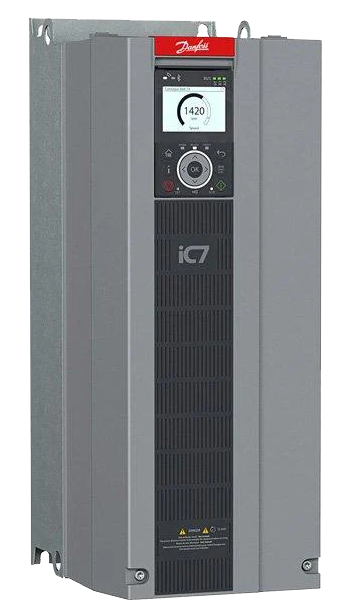
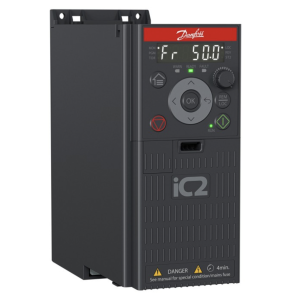
Frequency converters
Danfoss iC2 Micro
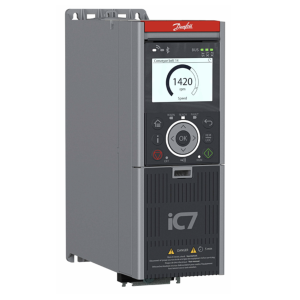
Frequency converters
Danfoss iC7 Automation
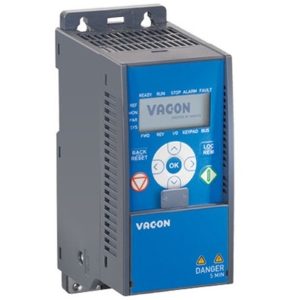
Frequency converters
VACON 20
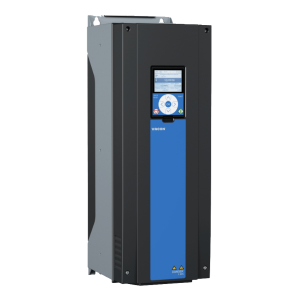
Frequency converters
VACON 100 FLOW

Frequency converters
VACON 100 INDUSTRIAL
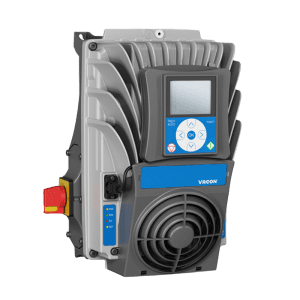
Frequency converters
VACON 100X
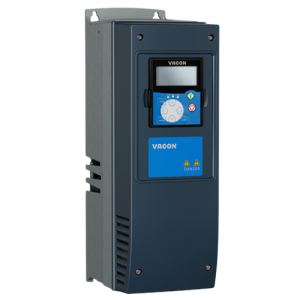
Frequency converters
VACON NXP
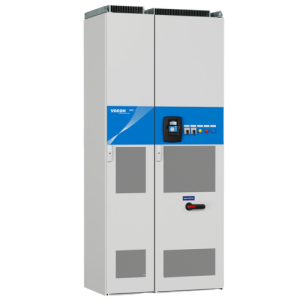
Frequency converters
VACON NXC
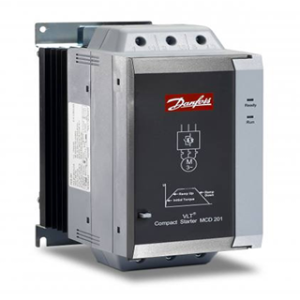
Frequency converters
Danfoss MCD 200
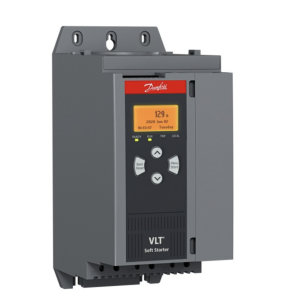
Frequency converters
Danfoss MCD 600
The highest quality of every product
Local support in your country
Customer service every step of the way
Smooth technical communication
A detailed explanation of frequency and speed control
HOW DOES A MOTOR SPEED AND FREQUENCY DRIVE WORK?
In the industrial automation sector, the variable frequency drive (VFD) is an essential device comprising a power electronic board (such as IGBT, MOSFET) and a high-speed central control unit (such as microprocessor, DSP).This device is used to drive and manage a single-phase or three-phase electric motor, modulating the frequency and voltage of its electrical power supply to adjust its speed and torque. The process begins with the conversion of the voltage of ac power supplyfrom alternating current (AC) to direct current (DC) using a rectifier.The direct current is then modulated into a synthetic alternating current waveform by a VFD drive, enabling the motor's speed braking torque to be increased or decreased, offering precise control and more efficient operation.
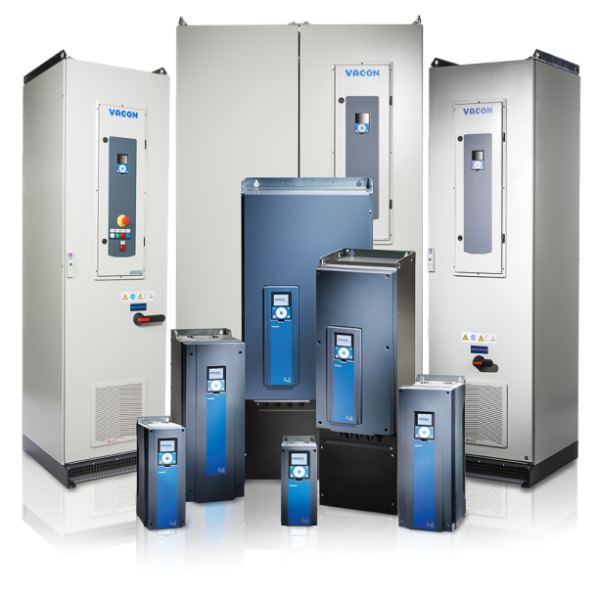
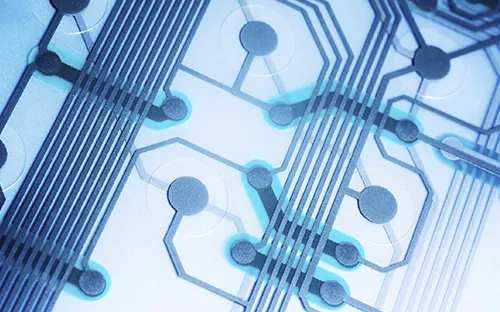
Nowadays, thanks to software and interface options, the VFD drive has become a high-performance product that enables the user to control motors according full speed upto the desired requirements.
Danfoss – VACON has used its experience, knowledge and technical expertise to offer you the best frequency converters on the market – from entry-level to high-end models, tailored to your standard and advanced applications.

What is the difference between variable speed drives and variable frequency drives?
ALTHOUGH THESE TERMS ARE OFTEN USED AS SYNONYMS, IT IS VERY IMPORTANT TO UNDERSTAND THE ESSENTIAL DIFFERENCES BETWEEN THESE TWO DEVICES.
1 - Changing Voltage and Frequency:
- Variable speed drives mainly modifie the voltage applied to the motor to control speed.
- Variable frequency drive, on the other hand, adjust the frequency of the power supply, which affects both motor speed and torque.
2 - Applications:
- Variable speed drives are often used in simpler applications where speed control is the only requirement.
- Variable frequency drives (VFDs) are used in more complex applications requiring precise speed and torque control.
3 - Energy efficiency:
- Variable-frequency drives are generally more energy-efficient than simple variable-speed drives, as they enable more precise and energy-efficient control.
VFDs are also known as variable speed drives, variable frequency drives, AC drives or DC drives (according to the type rated voltage of current), microinverters, adjustable speed drive, adjustable frequency drive and high frequency inverters.
What are the applications for variable frequency drives?
VARIABLE SPEED AND FREQUENCY DRIVES ARE USED IN A MULTITUDE OF FIELDS, OFFERING PRECISE CONTROL AND ENERGY SAVINGS.
- Fans: Used in suction fans, air handling units, compressors, air conditioning systems, dryers, boiler fans, temperature control ovengrouped control roofs, refrigerators, film machines, cooling towers, ventilation, diaphragm seals.
- Machine tools: Including grinders, sanders, milling machines, lathes, drilling machines, turning tables, positioning machines for machining centers, motherboard drilling machines, winding machines, presses.
- Electric pumps: For use in chillers, potable and tankless water supply systems, submersible motor pumps, vacuum pumps, fountain pumps, cooling water pumps, hot water circulation pumps, well pumps, agricultural storage pumps, water treatment pumps, constant flow pumps, slurry pumps, solar pumps, etc.
- Conveyor equipment: Used in cranes, automated warehouses, conveyors, elevators, parking equipment, elevators, escalators, automatic doors, shuttering equipment.
- Chemical tools / Machine tools for woodworking: Includes fluid mixing machines, extruders, vibrators, diaphragm seals centrifuges, coating machines, feed rollers, conveying machines, planers.what are the applications of variable frequency drives in the food industry?
- Packaging industry: individual and internal packers, wrapping machines, external packers.
- Agri-food processing machines: grain mixing, slicing and grinding machines, tea processing machines, rice milling machines, rice sorting machines.
- Paper industry / Textile machinery: Spinning machines, knitting machines, textile printing machines, industrial sewing machines, synthetic fiber machines, cutting machines.
- Other machines: Automatic mixers for food/medical products, commercial washing machines, offset presses, binders, car washes, shredders, food washing machines, testing equipment, grinders, air screens, automatic blinds, kitchen hoods.
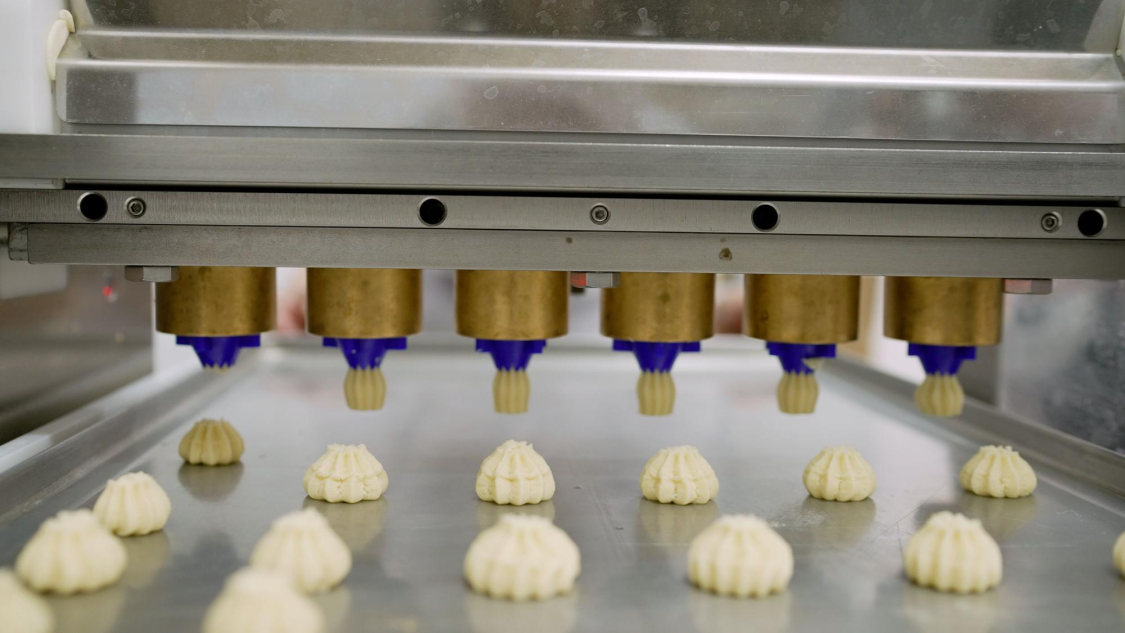
These drives play a crucial role in improving energy cost savings and optimizing productivity in these diverse industrial and commercial applications.

Why use a variable frequency drive?
THE USE OF VARIABLE SPEED DRIVES PROVIDES MANY ADVANTAGES:
- Speed control: The frequency drive modulates motor speed by adjusting the frequency and voltage of the power system. Variable frequency drives (VFDs) are extremely useful in processes requiring precise speed and torque control.
- Energy-saving: By adjusting the motor speed to the needs of the application, the variable frequency drive can reduce energy and electricity consumption.
- Reduced operating costs: This VFD drive also enables motors to be started and stopped smoothly. This extends the service life of electric motors.why use a variable frequency drive speed control
- Motor protection: Protection against phase reversal, overvoltage, undervoltage, overcurrent, and other abnormal conditions that could damage the motor provided by the motor controllers.
Optimized performance: With precise speed and torque control, variable speed drives help optimize the performance and power of motorized systems.
- Energy saving certificate Installing an electronic variable speed drive enables you to benefit from the CEE (Energy Savings Certificate)which contributes financially to your investment, in whole or in part. why use a variable frequency drive motor protection However, there are a number of requirements to be met in order to qualify. Maximize your energy savings with this installation, while complying with the required conditions.
How to size variable frequency drives and how to choose a frequency drive for a motor?
A CLEAR UNDERSTANDING OF VARIABLE SPEED DRIVE APPLICATIONS REQUIREMENTS AND MOTOR CHARACTERISTICS:
- Engine power :
Motor power rating must match frequency inverter power rating. - Input voltage :
Depending on the mains output voltage (220V or 380V), one of two types of variable frequency drive should be selected: tri/tri input or mono/tri input. - Frequency :
The rated frequency of the motor must be compatible with that of the controller. - Speed range and load conditions :
Specific application requirements, such as required speed range and load conditions, must be taken into account. - Security features :
Make sure the frequency drive offers the necessary protection against overvoltage, overcurrent and other abnormal conditions. - Additional features and options :
Look for products with additional features such as diagnostic functions and communication interfaces that can facilitate maintenance and improve safety. - Environmental compatibility :
Make sure the driven equipment is suitable for the operating environment before installation, e.g. temperature and humidity conditions. - Technical support and maintenance :
Take into account the availability of technical support and maintenance services. - Expert consultation :
Consult a representative of Danfoss – VACON variable frequency drives manufacturer for recommendations based on your needs.

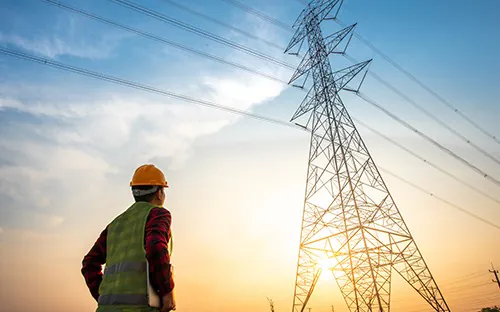

Technical features and benefits of Danfoss - VACON variable speed drives
- Easy installation and operation
- Wide range of power ratings and voltage choices in three-phase and single-phase versions
- User interface with optimized software, integrated console and large LCD display
- Easy parameter adjustment
- IP20, IP21, IP54 and IP66 versions available
- Integrated RFI and EMC filter
- User-selected language (Lithuanian, Polish, Russian, Norwegian, Swedish, French, English, etc.)
- Numerous functions: Torque vector control, Overload capability, PID loops, Customizable logic and specific macros, Real-time clock, Unit conversion function
- Wide selection of communication interfaces: Modbus RTU, BACnet MS/TP, Profinet, Profibus, etc.
- Energy-saving function
- Control functions: Analog input/analog output, PID loop, cascade control
- Safety features: password protection, SIL2 level, fire mode
- Remote control: Extension cable for remote control, man-machine interface
- Approved standards: CE directive (CE marking), UL/cUL
- Control cabinet solutions
FAQ
HOW TO VARY THE SPEED OF A 220V SINGLE-PHASE MOTOR?
To modulate the output voltage and load torque speed of a 220V single-phase motor, suitable variable speed drives output filtersare required. It is essential to choose a drive compatible with the motor's output and input voltage, and frequency.
HOW TO CHOOSE VARIABLE FREQUENCY DRIVES (VFDs) FOR A DC MOTOR?
For a DC motor, unlike AC motors, it is crucial to choose the right dc drive specifically designed for this type of motor, taking into account the rated output voltage, load torque, power, rated voltage and application requirements. of ac motors
WHY A VARIABLE FREQUENCY DRIVE?
A variable frequency drive controller offers precise, speed regulation and constant torque, control, improved energy saving and overload protection, making it indispensable in many industrial and commercial applications.
HOW TO VARY THE SPEED OF THREE-PHASE MOTORS?
Varying the speed of a three phases motor, the use of a frequency controller is the most common and effective method. The frequency of the three phase motor is adjusted by a current source inverter or voltage source inverter, enabling precise control of motor speed and torque.
WHAT IS THE MINIMUM FREQUENCY OF A VFD CONTROLLER?
In general, most frequency drives have an output voltage andfrequency range of varying,starting at a few hertz (Hz). The minimum frequency required also depends on the application for which the applied frequency drive is used.To obtain the minimum frequency for a specific VFD drive, it is important to consult the technical specifications provided by the motor manufacturer. Going below it may result in damage to the motor winding, as the motor may overheat.
CAN A SINGLE FREQUENCY CONVERTER POWER SEVERAL MOTORS?
It is not possible to control several other motors with a single-speed drive controller.
RELATED ARTICLES
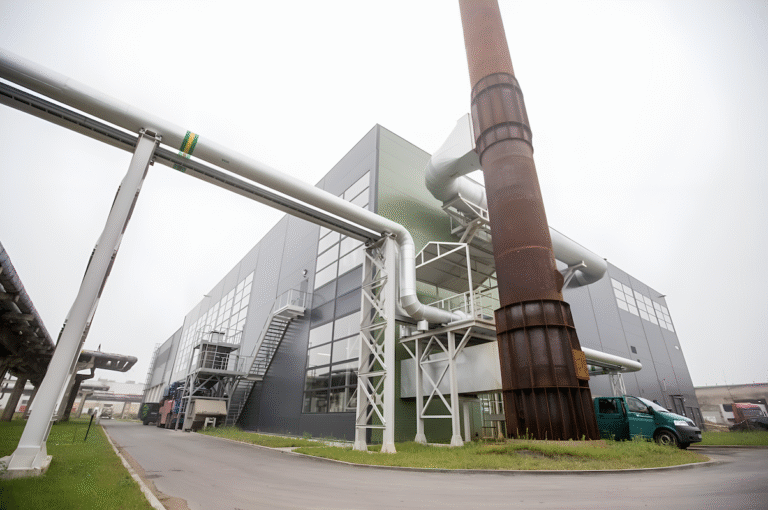
New VACON 100 FLOW 250 kW inverter at Foxita power plant
The company Invertas, UAB successfully implemented another technological project – installed, programmed and launched a VACON 100 FLOW 250 kW frequency converter...
More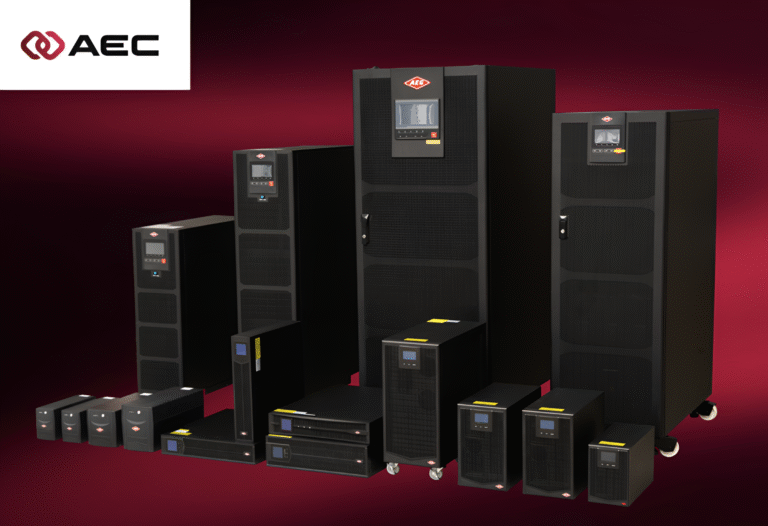
Invertas became the official representative of AEC International UPS in Lithuania
Invertas is proud to have become the official representative of AEC International – one of the most famous uninterruptible power supply (UPS) manufacturers in Europe – in Lithuania. This cooperation...
More